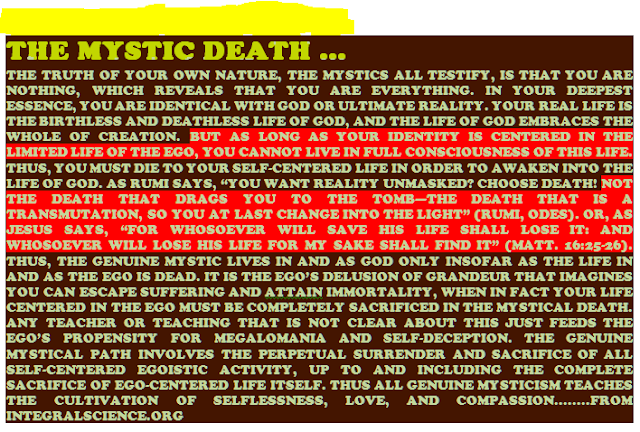MARGI TALES OR MYTHS II

The second category of forces which control the world are anthropomorphic spirits of which there are two classes; yal and shatar . These supernaturals are actively malevolent or mischievous; the good which they do is entirely by indirection; that is, they may not do ill and to that extent do good. Although these beings do not always have anthropomorphic appearances, their behavior is conspicuously like man's. They have appetites, reside at specific places, and, most importantly, they are amenable to human acts in that they must be pleased, angered, persuaded, or even tricked or fooled. Thus men are not entirely helpless with respect to these supernaturals unlike their relationship to iju. The majority of rituals are aimed at influencing them. Yal are the more dangerous of the two, being capable of causing serious illness and even death. One is very careful not to offend a yal; either by specific act or by inadvertence. Margi do not talk lightly about yal, and they treat their trad...




